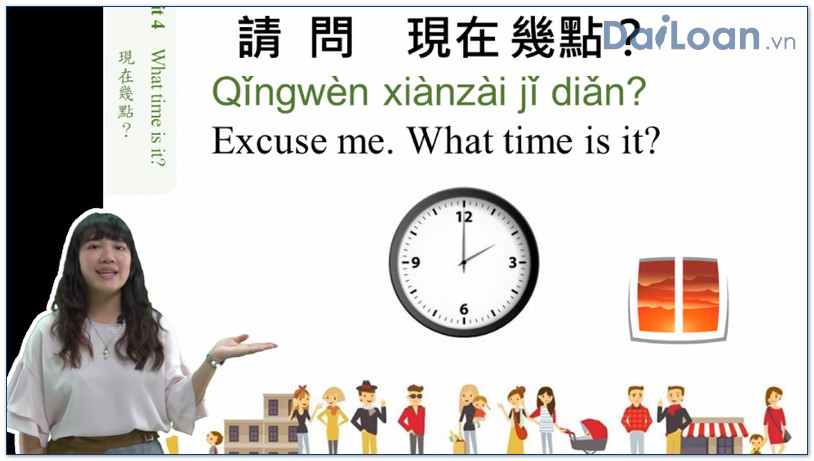Introduction to 玩偶 (wán ǒu)
In the realm of the Chinese language, 玩偶 (wán ǒu) holds a special place, particularly in the context of cultural significance and everyday conversation. Translated as “doll” or “puppet,” 玩偶 is a term that encapsulates playfulness and creativity. Its usage can be found in various aspects of life, from childhood play to artistic expression.
The Meaning of 玩偶
玩偶 (wán ǒu) is composed of two characters:
- 玩 (wán): This character means “to play” or “to have fun.”
- 偶 (ǒu): This character means “a figurine” or “an image.”
Thus, the literal translation of 玩偶 can be understood as “a plaything figurine.” In Chinese culture, dolls and puppets are not just toys; they also carry historical and artistic meanings, often used in performances such as shadow puppetry.
Grammatical Structure of 玩偶
玩偶 follows the typical structure of Chinese nouns, which can stand alone or be modified. It is important to note the use of 玩偶 in different contexts, its variations, and phrases:
Noun Usage
As a noun, 玩偶 can be the subject or object in a sentence. For example:
- 玩偶很漂亮。(wán ǒu hěn piàoliang.) – The doll is very beautiful.
Compound Terms
玩偶 can be combined with other words to create compound terms. For instance:
- 布玩偶 (bù wán ǒu) – Fabric doll
- 木偶 (mù ǒu) – Wooden puppet
Example Sentences Using 玩偶
To better understand how to use 玩偶 in everyday conversation, here are some example sentences:
1. Discussing Preferences
你喜欢哪个玩偶?(Nǐ xǐhuān nǎge wán ǒu?) – Which doll do you like?
2. Talking About Gifts
这个玩偶是我送给她的生日礼物。(Zhège wán ǒu shì wǒ sòng gěi tā de shēngrì lǐwù.) – This doll is the birthday gift I gave her.
3. Describing Appearance
这个玩偶的颜色很鲜艳。(Zhège wán ǒu de yánsè hěn xiānyàn.) – The color of this doll is very bright.
4. Cultural Reference
中国有很多传统的玩偶。(Zhōngguó yǒu hěn duō chuántǒng de wán ǒu.) – China has many traditional dolls.
5. Expressing Emotions
我小时候最喜欢的玩偶是一个小熊。(Wǒ xiǎoshíhòu zuì xǐhuān de wán ǒu shì yīgè xiǎo xióng.) – The doll I liked the most in my childhood was a small bear.
Conclusion
玩偶 (wán ǒu) is more than just a word in the Chinese vocabulary; it is a cultural artifact that connects playful imagination with historical significance. By understanding its meaning, grammatical structure, and practical usage, language learners can gain deeper insights not only into the language itself but also into the rich tapestry of Chinese culture. Incorporating 玩偶 into your language practice can both enhance your vocabulary and enrich your understanding of Chinese traditions.

Sứ mệnh của Chuyên là giúp đỡ và truyền cảm hứng cho các bạn trẻ Việt Nam sang Đài Loan học tập, sinh sống và làm việc. Là cầu nối để lan tỏa giá trị tinh hoa nguồn nhân lực Việt Nam đến với Đài Loan và trên toàn cầu.
CÓ THỂ BẠN QUAN TÂM
Du học Đài Loan
Lao Động Đài Loan
Việc Làm Đài Loan
Đơn Hàng Đài Loan
Visa Đài Loan
Du Lịch Đài Loan
Tiếng Đài Loan
KẾT NỐI VỚI CHUYÊN
Zalo: https://zalo.me/0936126566
Website: www.dailoan.vn



